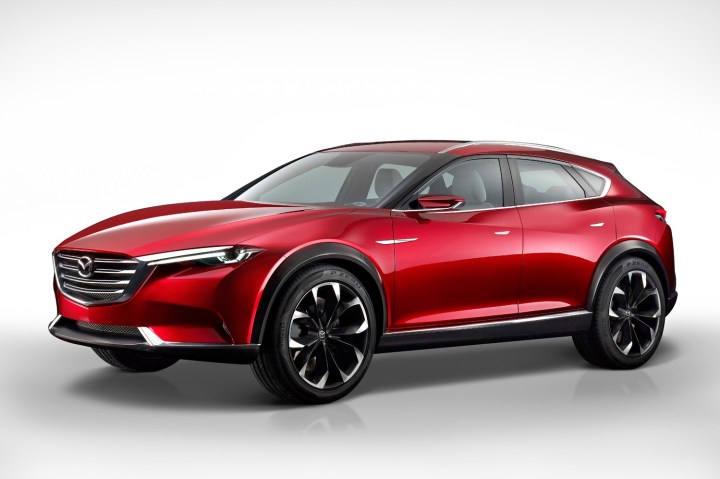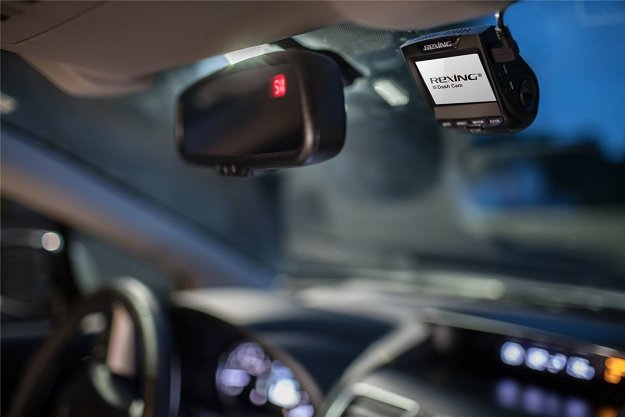
However, as stylish, fun to drive, practical, and fuel efficient as new Mazdas have been recently, the company’s investment hasn’t paid off in sales figures. So in order to boost sales, Mazda plans to add another crossover to its lineup, according to Automotive News.
This move is in line with the company’s long-range strategy. Four years ago, Mazda’s CEO, Masamichi Kogai, declared plans to sell as many as 400,000 cars in the U.S. by this year. Unfortunately, the company has come up short by just over 100,000 units. Mazda execs have therefore shifted some of the firm’s goals around and concluded that a new model addition could help boost sales.
As a result, Mazda has announced that it’s working on a new crossover SUV exclusively designed and built for the U.S. market.
“We are actually going to introduce a totally new and different type of SUV,” Kogai said during his interview. “R&D is coordinating with our North American operations on that right now.”
Kogai further confirmed its new crossover SUV is scheduled to arrive sometime in 2021. It is expected to accompany the current lineup of crossover SUVs, which consist of the CX-3, the CX-5, and the CX-9. More specifically, it would slot in between the CX-5 and the flagship CX-9.
Back in 2015, Mazda revealed the Koeru Concept at the 2015 Frankfurt Motor Show, hinting at a successor to the CX-7. Because of this, chances are the new model could closely resemble the Koeru Concept.

For those following Mazda’s crossover SUV family, it’s easy to notice that a replacement for the original CX-7 crossover remains absent since it was discontinued in August of 2012. The new crossover will simply fill this void, ideally without cannibalizing demand from the CX-5 or CX-9.
“We have big expectations,” Kogai continued. “This is our declaration that we are going to grow our business in the U.S.”
In preparation for the new crossover, Mazda previously announced a joint venture with Toyota to help build a new car on U.S. soil and increase production capacity by 150,000 units annually. This additional capacity will specifically be dedicated to producing the new crossover. Mazda has begun setting the stage for the launch of this new model by rolling out new technology and features for its future products.

To try and boost the brand’s appeal, Mazda also seeks to refine its brand image and overall retail and customer experience. Thus far, Mazda has maintained a below-average rating in recent J.D. Power customer satisfaction and brand-appeal studies. In order to help increase sales, Kogai said that the company must focus on improving its dealership experience. Just last year, Mazda confirmed a new three-year campaign to upgrade some 130 dealerships across the U.S. in hopes of addressing these concerns.
“We still need to have an improvement in the quality of sales,” Kogai concluded. “We are sticking to our right-price sales approach to improve our brand. We are building that foundation now. Customers are really seeing the value of the vehicles and not just purchasing them because of price.”
Editors' Recommendations
- Cadillac aims to balance its lineup with a small electric SUV
- 2021 Volvo XC40 Recharge first drive review: Refined EV subtlety
- SUVs vs. crossovers: What’s the difference?
- Watch Fisker unveil its electric Ocean crossover today ahead of CES 2020
- Can you imagine a Miata with a plug? Mazda says it’s possible


